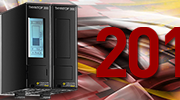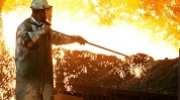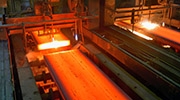The Rearview Mirror - Advertising
The evolution of Pyrocontrole's advertising has been a fascinating process, following the trends in marketing and communication over the years. Pyrocontrole Chauvin Arnoux Group, specialized in manufacturing temperature control systems, has adapted its advertising strategy to reach ever-wider audiences, taking on board the technological changes.
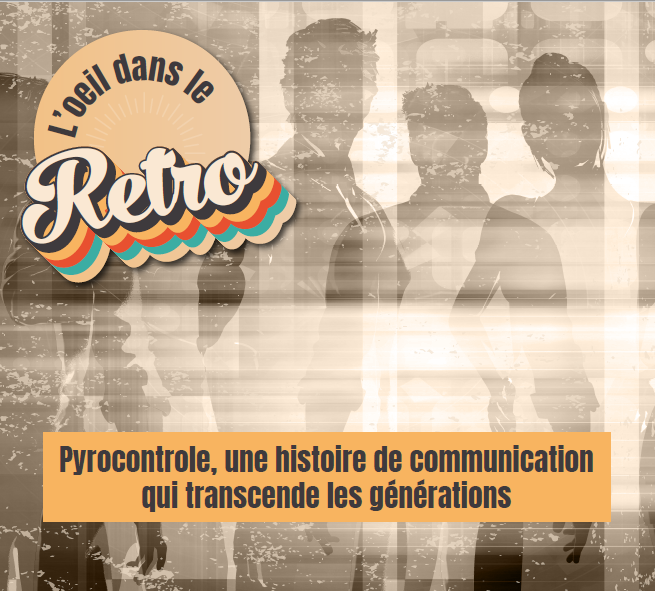
1// Pyrocontrole
The evolution of Pyrocontrole's advertising has been a fascinating process, following the trends in marketing and communication over the years. Pyrocontrole Chauvin Arnoux Group, specialized in manufacturing temperature control systems, has adapted its advertising strategy to reach ever-wider audiences, taking on board the technological changes.
At first, in the 1960s, traditional advertising methods were the focus: adverts in specialized magazines, printed brochures and posters to promote the advantages of its temperature control systems.
With the arrival of the Internet and the rise of digital marketing, Pyrocontrole quickly understood the importance of being present online. The company thus developed a professional website in the 2000s, offering a virtual shop window to present our products and provide information to customers. This digital turn also led Pyrocontrole to explore online advertising. Targeted advertising banners and contextual ads were used to reach professionals in industry via various digital channels.
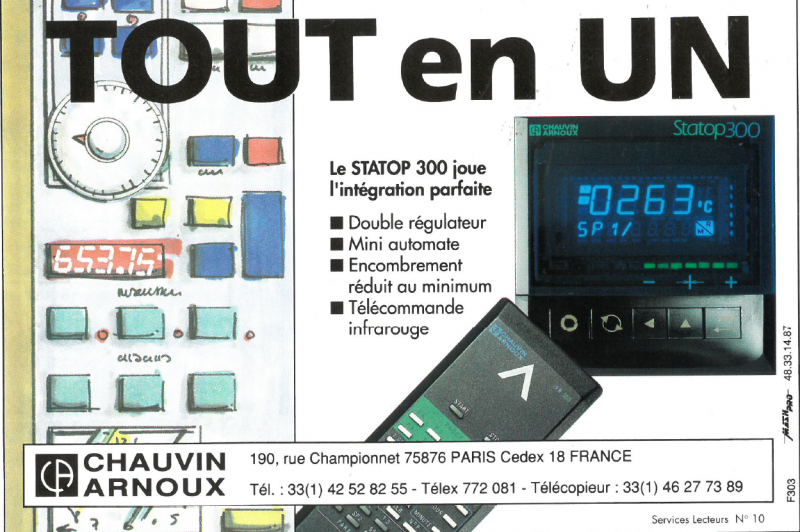
Today, with the explosion of social media, their advertising strategy has moved towards these increasingly popular platforms. The creation of profiles on social media such as LinkedIn and Twitter has allowed direct interaction with the customer and made it possible to share relevant content: case studies, customer testimonies, specialized articles, etc. Shared content which reinforces the company's legitimacy and shows how to use the products, probes and temperature controllers in their various industrial applications. Social media also help to promote our products more visually by sharing pictures and training videos.
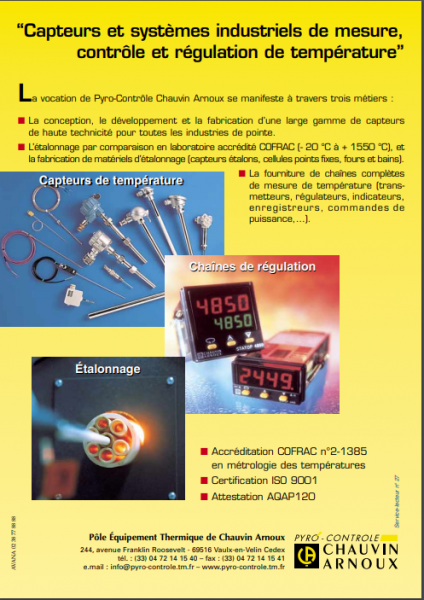
As it seeks constantly to innovate, Pyrocontrole has now integrated influence-based marketing into its communication strategy. By working with renowned experts in the field of temperature and industrial control, we benefit from their credibility and influence to promote out products among a targeted audience. These strategic partnerships raise Pyrocontrole's profile and position us as experts in our sector of activity.
Advertising at Pyrocontrole has evolved dynamically, shifting from traditional methods to digital and online strategies. Using websites, online advertising campaigns, displays, social media content and strategic partnerships, Pyrocontrole has succeeded in adapting to the new trends in communication and reaching a broader audience.
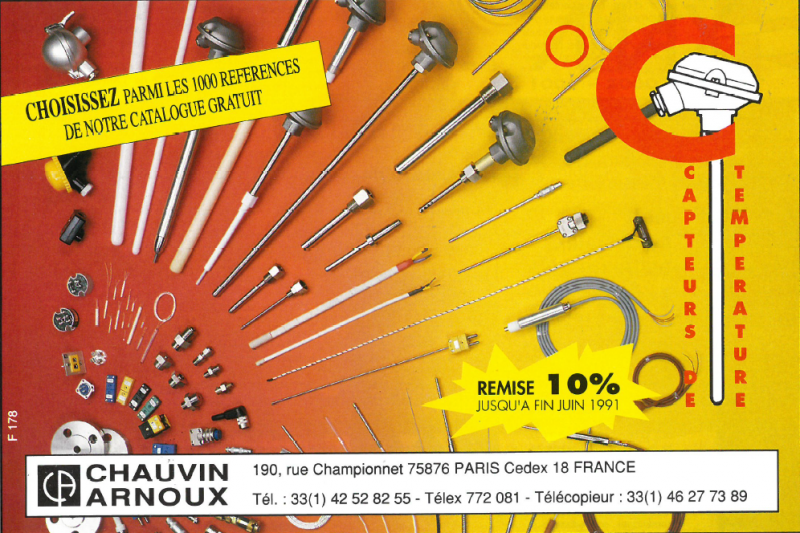
2// Graphical evolution
Since advertising's earliest days, the graphical appearance of the ads has changed significantly. The first advertisements were simple and text-based, whereas modern adverts have become much more complex and graphics-driven. This graphical evolution has been influenced by the changes in image production techniques, consumer expectations and technological advances.
Initially, the adverts often comprised a text and a slogan. Pictures were rare and usually limited to simple illustrations or engravings. These adverts were often intended to be read rather than seen. Newspapers and magazines were the main advertising media and the cost of colour printing was prohibitive, so most ads were in black and white.
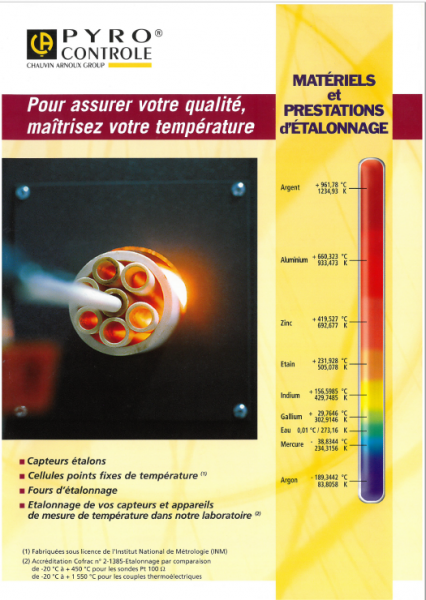
In the 1950s and 1960s, adverts became even more elaborate, with the use of photos and more creative page layouts. Advertisements began to use bright colours and striking pictures to attract consumers' attention. Advertisers also started using psychological principles to create more effective adverts, using pictures and colours to play on consumers' emotions.
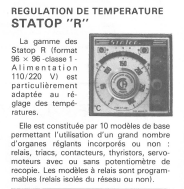
In the 1980s and 1990s, advertisements became even more sophisticated, with the use of information technology to create digital images and animations. TV advertising became more widespread and was used to create more visual advertisements. Magazine advertising has also evolved, with larger, brighter colour pictures.
Currently, advertisements have reached an unprecedented level of sophistication. Advertisers use advanced image production techniques to create very elaborate, visually striking ads. Online adverts have evolved too, with interactive ads allowing consumers to interact with brands and products. The ads are also more closely targeted and customized; using behavioural data and algorithms to create adverts which are more relevant for consumers.
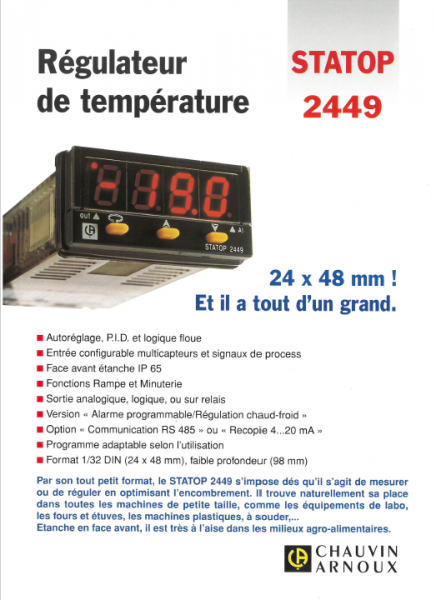
To sum up, the graphical evolution of advertising reflects the progress made in technology and image production, as well as changing consumer expectations. Modern advertising is much more sophisticated, more visual and more targeted than ever before and continues to develop.

3// Did you know?
The origin of advertising lies in Antiquity, when traders used shop signs to mark their presence and attract customers. However, modern advertising as we now know it started to take form in the 19th century with the explosion of the print media. Advertisers began using advertising space in newspapers to promote their products and services. Over time, advertising spread to new media, such as the radio, TV and Internet, and evolved to include sophisticated marketing techniques such as targeted advertising and marketing influencers. Advertising has become an essential feature of modern life, shaping our perceptions and our consumption choices.









